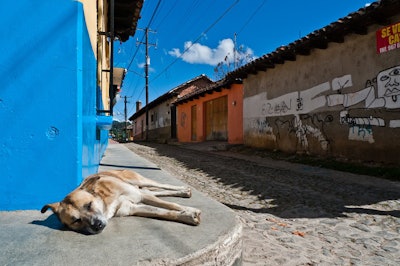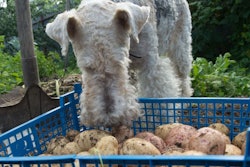
With a total market size of more than 7 million tons in 2021, the Latin American pet food market is nearly the size of the U.S. market in terms of volume.
For Latin America, the market’s appeal likes with its steady development and potential for further growth. The average combined penetration of commercial dog and cat food into the pet population is relatively low, at around 111 grams of complete and balanced food per day.
It is worth mentioning the wide variations among Latin American pet food markets, as economic conditions also vary across countries. The five largest markets in the region are Brazil, Mexico, Argentina, Colombia and Chile, in that order.
Global trends permeate in Latin American region
Unlike in some European markets, Latin Americans prefer dogs over cats. The estimated pet population in the region is 120 million dogs and 45 million cats. Therefore, of the 7 million pet food tons consumed every year, nearly 79% is dog food.
Still, newer global pet food trends influence Latin America, as humanization is increasingly relevant to local pet owners. For example, the use of natural ingredients and product premiumization is driving sales growth among higher-income pet owners.
Another trend that is arising but not yet a market force is pet adoption. With Latin America as one of the regions with the highest number of street dogs and cats worldwide, awareness for pet adoption is growing.
Good potential with some restraints
Based on the currently low penetration of commercial pet food compared to developed markets, Latin America has potential for further development. The growth dynamic of the dog and cat population mirrors and even surpasses that of the human population. However, pet abandonment is still a problem that arises within fragile economies.
Therefore, pet adoption and affordability of products are two necessary conditions for pet food manufacturers to address to increase volume consumption, especially to reach remote semi-rural areas with millions of street dogs and cats.
On the plus side, Latin America is self-sufficient in production of corn and other raw materials, such as the proteins often used in pet food. Thus, from the supply side, the industry is strong and guarantees continuity.

















